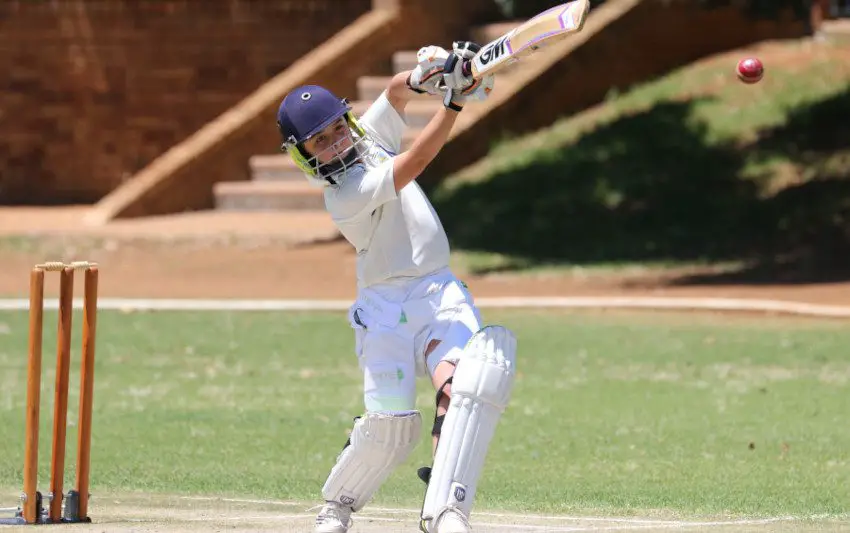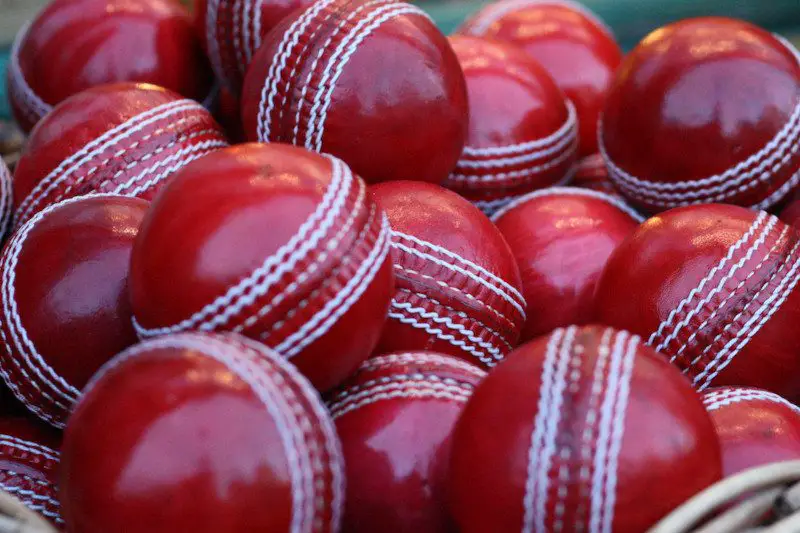Table of Contents
From time to time, your cricket bat will be exposed to moisture and dampness. This will more than likely occur naturally from the weather or from playing on a damp surface. As wood is a naturally absorbent material, avoiding moisture is crucial.
What Can You Do to Keep the Cricket Bat Dry?
A bat that has been exposed to excessive moisture is prone to swelling and breaking. Obviously, this is going to be an expense in terms of replacing a cricket bat and frustrating if your favourite bat becomes damaged from moisture and damp.
So, if the worst happens and your bat is exposed to wet conditions, there are steps to take to minimise the risk of damage. Letting the bat dry out naturally is a great way to help save it from cracking and swelling. Remembering to put the bat in the shade is key hear as sunlight will speed up the drying process too much. The swollen wood will contract too quickly and crack.
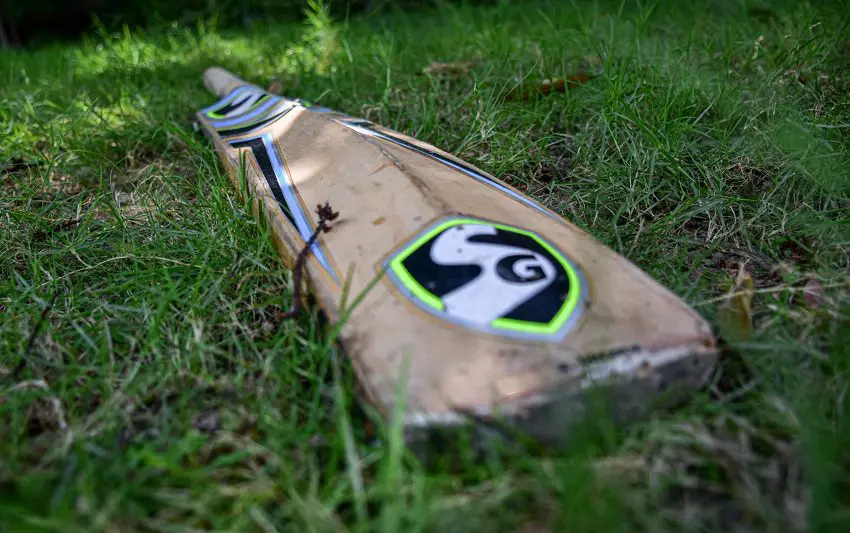
There are preventative steps that you can take to help protect your bat from dampness as sometimes it is not possible to avoid it 100% of the time. There are sealants available such as Shoe Goo and Marine Varnish. These prevent swelling and are specially created to help protect wood in damp conditions.
If you do play in conditions that are damp, it does happen, then it is important to know how to look after your bat and protect it from water damage. Water will get into your bat in wet conditions, even if this is just leaving the field of play due to a downpour.
How Do You Dry a Cricket Bat?
There are some simple Dos and Don’ts around this which will help to minimise damage and prolong the life of your cricket bat.
DOS
Keep the Bat Clean and Dry
This is quite sensible and is true of all equipment, not just a bat. Keeping the bat clean should not be done with a wet cloth. Let any mud on the bat dry out first and then simply wipe away. A slightly damp cloth can be used but the area must be monitored after this has happened.
Using sandpaper to clean a bat is also a good idea as this simply takes away a layer of the bat. Doing this twice a season is the desired outcome, followed by oiling the areas you have sanded. Linseed oil is the best for this as it protects the bat.
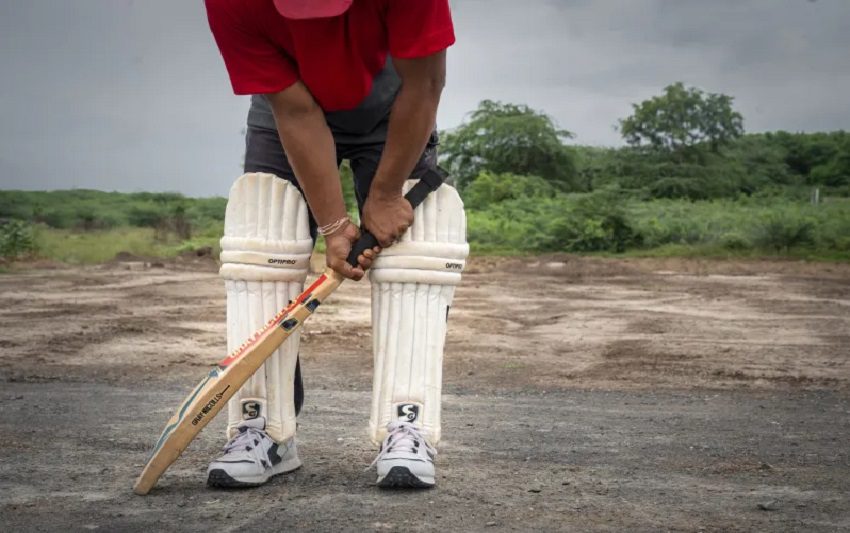
Store the Bat in Dry Conditions
Think carefully about where your bat is going to be stored between matches and training sessions. Storing in a dry place will help keep the amount of moisture exposure to a minimum. Notice that this is a dry place and not necessarily a warm place.
Oil Your Bat From Time to Time
Applying linseed oil at the start and finish of the season is a good routine to establish. This protects the bat for the coming season and protects it when not in use. This only needs to be a thin layer of oil.
Check the Bat for Cracks Periodically
Like all your equipment, check for damage at regular intervals in the season. Cracks in the wood need to be dealt with quickly. Water will get into the cracks and cause swelling. Water damage can be hard to rectify. Small surface cracks can be sanded away and then oiled but deeper cracks need more attention. A protective tape can be used to cover them and prevent a water area from forming.
DON’TS
These are things to avoid at all costs in terms of bat maintenance.
Avoid Overoiling the Bat
It can be tempting to add more and more oil to offer more protection. The opposite happens. Excess oil weakens the blade and makes the wood weaker. As a result, the bat breaks more easily.
Avoid Powerful Heat Sources
Avoid radiators and fires when storing your bat. They will keep your bat dry, but they can dry your bat out. The wood will crack very easily if this happens and then break. The same is true of airing cupboards although lots of cricketers use them. They can have a damp atmosphere which is not ideal for a cricket bat.
Avoid Storing a Bat in a Garage
Garages are also a popular storage option, but these must be avoided too. They are often cold and damp which damage wood, especially softer woods like English willow.
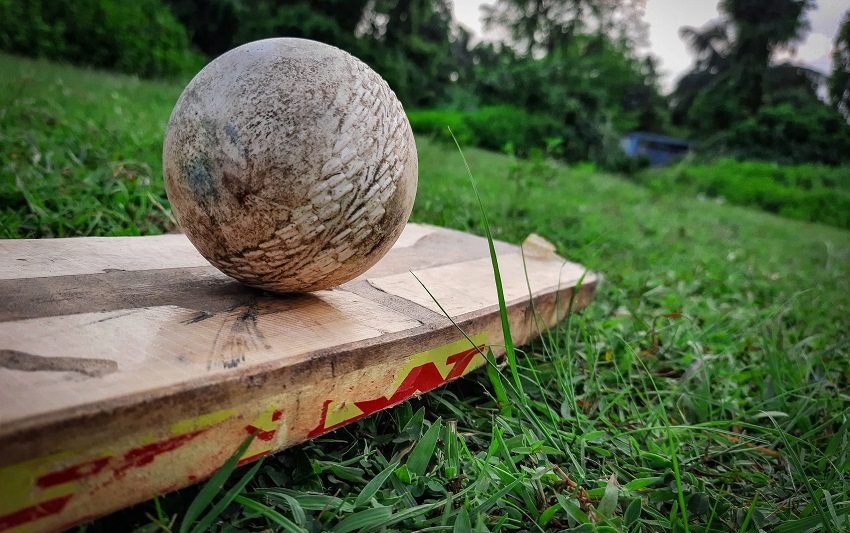
Avoid Playing in Heavy Rain
This is easier said than done sometimes. Training sessions this is easy to achieve as you are not in a match situation. However, a heavy downpour during a match cannot be avoided. Constant, heavy rain is not a good idea for cricket bats and can cause irreparable damage to the blade.
Final Thoughts
Look after your cricket bat and keep it as dry as possible. Storage and protection are the key to this so think about where you will be storing your bat and what steps you will take to look after it.

